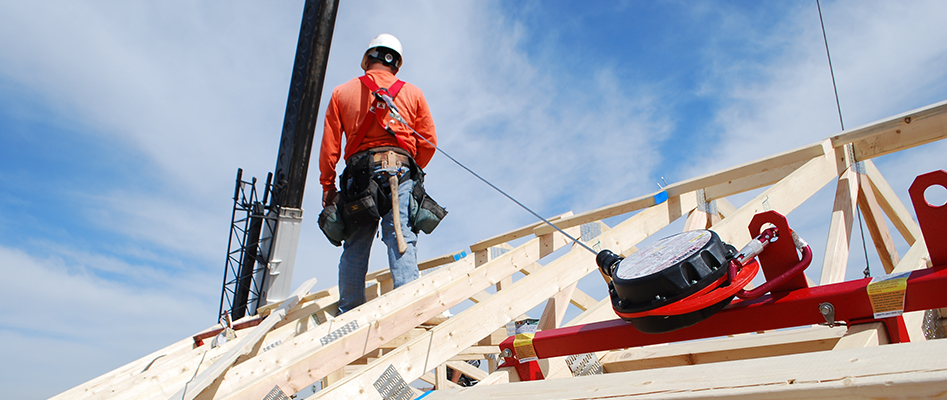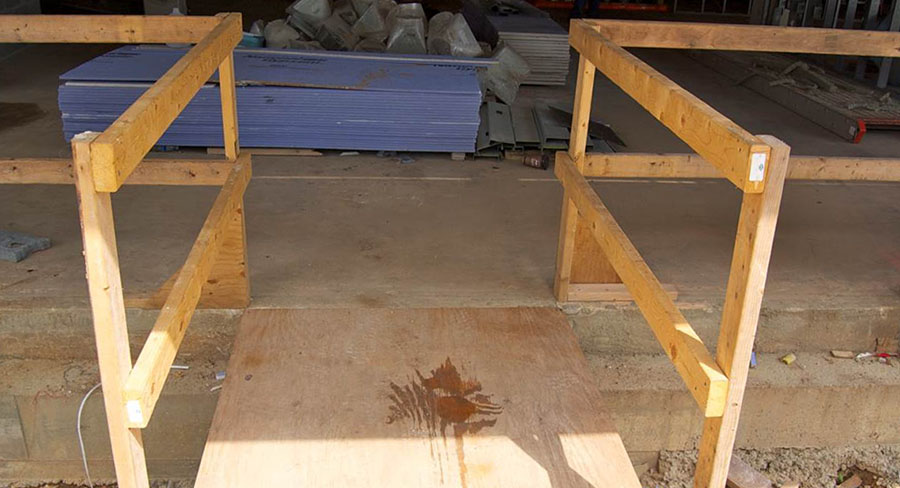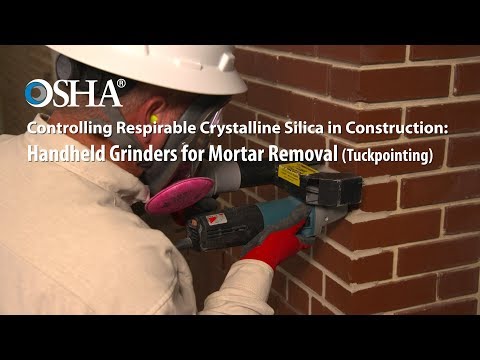Stay home if you're sick, and other advice about how to keep a COVID-safe jobsite
The Home Builders' Association of Metro Denver recently held a webinar on construction operations during the coronavirus pandemic. The panel included the CEO of a construction company, an occupational safety compliance expert, an attorney, and another attorney.
In general, this webinar covers:
- Legal and Practical Considerations
- Corporate Office Safety & Symptom Monitoring
- Jobsite Safety & Symptom Monitoring
The first sixteen minutes are about jobsite issues, with some relatively practical advice on keeping a safe jobsite.
The remainder of the webinar focused on requirements of business owners—such as OSHA enforcement, how to get workers back onto jobsites, how to navigate the paid leave requirements in the Families First Coronavirus Response Act (FFCRA), the difference between furloughing employees and laying them off, and how to avoid unemployment compensation claims.
If you feel unsafe about returning to work, you have some financial protection in the FFCRA, but not much. It is up to you to protect the health of yourself and your family. You also have some protection under the National Labor Relations Act and OSHA if the jobsite you're working on is not safe, according to the standards set out by state and federal authorities.
More COVID construction resources:
- Slide Deck of the webinar: Slide Deck COVID-19 Construction Guidelines - What you need to know
- Compliance Safety Posters and Resources
- COVID-19 Response from the National Association of the Remodeling Industry (NARI)
- Jobsite Protocol & Best Practices for Construction from the Associated General Contractors (AGC)
- Jobsite Safety and Recordkeeping Guidance for Coronavirus from National Association of Home Builders (NAHB)
- One of the documents presented in the webinar, Colorado Department of Public Health's Multi-Industry Construction Guidance, is excerpted/edited below:
Social distancing on jobsites
The following practices are essential for applying social distancing to a construction worksite setting:
Reduce crew size: "Teams should reduce the number of people in each crew to the minimum number of people possible to perform the task safely, even if the reduction of crew size means the job takes longer."
No real guidance, but if a single worker can perform a job, this seems to be a safe crew size. Two workers double the chances of infection, three workers triples the chance.
Keep crews separate: "Even groups within the same project should avoid interaction across groups, to minimize possible viral spread if one worker contracts COVID-19."
Some tactics for avoiding the concrete guys:
- Staggered shifts
- Compressed workweeks where different teams work different days
- Maximizing the geographic distance between different teams working on the same project
Avoid contact with visitors: Visitors outside the typical work crew should avoid interaction with the team wherever possible.
For example, if an inspector or materials delivery needs to enter the site, they should alert the work team (e.g., by honking the horn of their vehicle twice or through another established communication means) so that the work team can vacate the site while the external parties are present.
Maintain a 6-foot distance between employees wherever possible: Stay apart for all you can, but sometimes, you need to work closely. In these instances, find other ways to minimize contact, such as not facing each other, wearing a mask, reducing the crew size, and keeping the crews consistent (not switching people from crew to crew.
Workers must not congregate during breaks: Construction workers should not congregate for lunch or other breaks.
Don't bunch up at lunch. Staggered coffee breaks and staggered lunch breaks seem like an obvious way to add some separation.
Activity specific work plans: Contractors should consider all job activities and review how they can be accomplished using necessary physical distancing and sanitation protocols.
Again, not much practical advice, mostly 'Do This" words.
Jobsite COVID hygiene protocols
Strict hygiene protocols must be utilized with all equipment and surface areas that are commonly touched.
Operators of light and heavy-duty equipment, specifically, must:
- Clean commonly touched surfaces before and after operation: Cleaning: refers to the removal of germs, dirt, and impurities from surfaces. Cleaning does not kill germs, but by removing them, it lowers their numbers and the risk of spreading infection. Cleaning is typically performed using soap, detergents, cleansers, and clean water before using a disinfecting method. Commonly touched surfaces include but are not limited to door handles and grab bars, instrument panels, steering wheels, devices such as cell phones
- Follow cleaning activities with an approved disinfectant: refers to using chemicals to kill germs on surfaces. This process does not necessarily clean dirty surfaces or remove germs, but by killing germs on a surface after cleaning, it can further lower the risk of spreading infection. Disinfecting is typically performed using approved commercial or household disinfecting solutions. For a list of CDC-approved disinfectants against viruses (including COVID-19 virus), see: https://www.epa.gov/pesticide-registration/list-n-disinfectants-use-against-sars-cov-2
- Use personal protective equipment for hygiene and safety: employees should wear all standard worksite personal protective equipment (PPE), especially eye protection and gloves, as well as other standard safety equipment (e.g., reflective vests or jackets). Also, workers should wear a mask or cloth face covering at other times if consistent with OSHA and other applicable safety requirements. PPE may not be shared between members of a work team.
Monitor employee health and avoid travel for high-risk personnel
It is critical that individuals DO NOT report to work while they are experiencing illness symptoms, including fever, cough, shortness of breath, sore throat, runny/stuffy nose, body aches, nausea, chills, or fatigue. If an employee does experience any of these symptoms, they will notify their foremen or supervisor immediately so that appropriate follow-up actions can be taken. A screening tool for employees can be found on the CDPHE COVID-19 resources web page.
People at high risk of severe illness from COVID-19 are urged to stay in their residence at all times except as necessary to seek medical care. People who are sick must remain home except as required to seek medical attention and must not go to work, even at a critical business.
Any worker displaying possible COVID-19 symptoms may not participate in construction work.
Construction firms should implement symptom monitoring protocols (including workplace temperature monitoring and symptom screening questions) where possible.
The best practice is to implement a temperature check station at the entrance to the construction site. If this is not practicable, employees will check for symptoms at home and report symptoms either electronically or on paper per the system created by the construction firm.
Per the public health order, employers must retain the screening logs for at least three months and provide them to public health upon request.
Individuals should also seek medical attention if they develop these symptoms by first calling their primary care provider or urgent care center.
A sick employee must not return to work until they have been home for ten days since symptom onset, are feeling better, and are without a fever (without the help of medication) for 72 hours. A note from a medical provider is not necessary for returning to work if the employee meets these criteria.
Focus on the most necessary activities
Not all construction activities are of equal urgency. Consider factors such as:
- Whether the project is under construction already and thus requires active traffic management (in the case of a transportation project) or other work zone safety measures that benefit from ongoing activity;
- Whether deferral of the start date on a project would undermine public safety or continuity of operations for critical infrastructure;
- Whether the project can feasibly be done with social distancing measures as detailed above.
Consider deferring non-essential work: All project sponsors, public and private, are encouraged to provide flexibility to construction contractors to enable them to delay work during the COVID-19 pandemic.
For small projects, especially residential projects such as home renovations, businesses, and homeowners are strongly encouraged to provide construction contractors with the flexibility to defer work as necessary.
A safe shutdown of work: When a project or project phase must be shut down due to the pandemic, care should be taken that the project site is left in a safe condition.
Traffic control devices must continue to be inspected and maintained, so it is a best practice to minimize their need and use when a project is temporarily inactive.
—Webinar sponsored by the Colorado Association of Home Builders (CAHB), Housing & Building Association of Colorado Springs (CSHBA), Northern Colorado Home Builders Association (NOCO), and Association of General Contractors (AGC).











